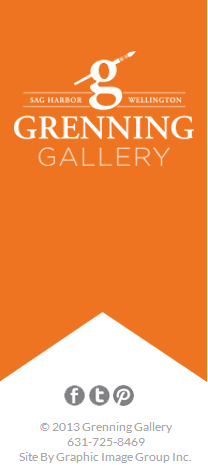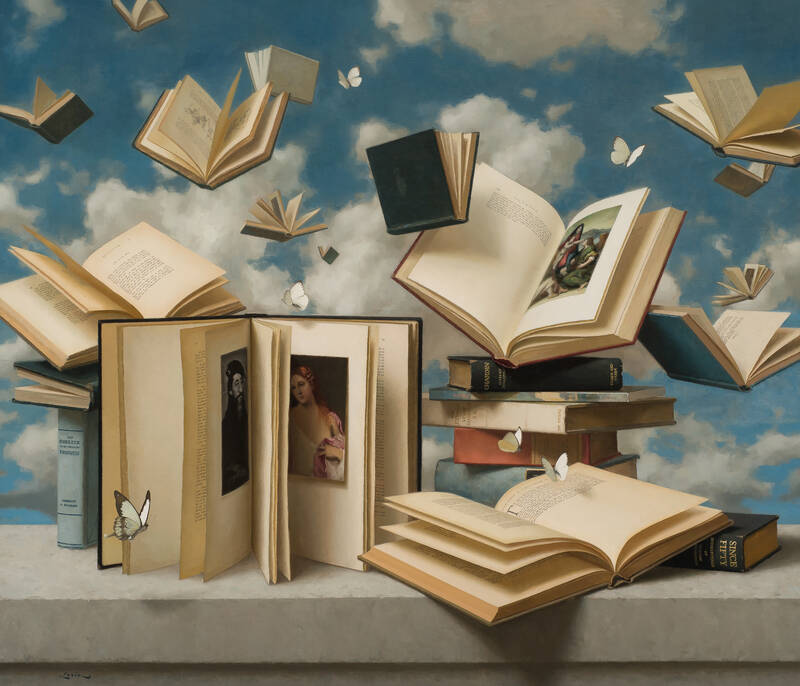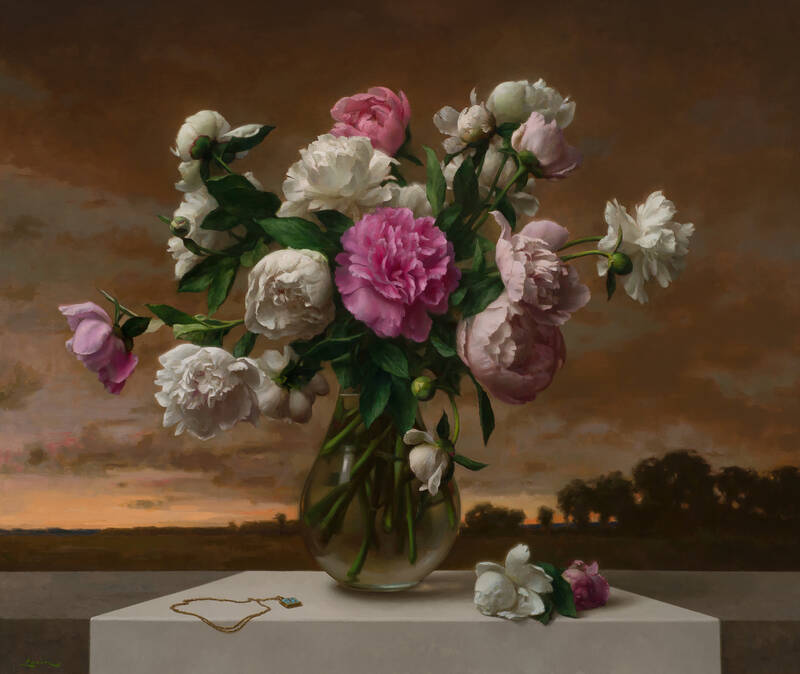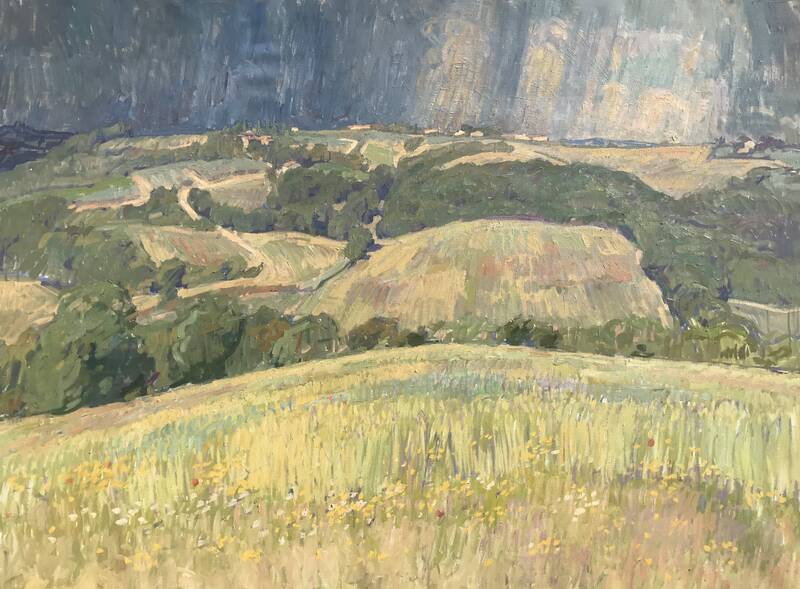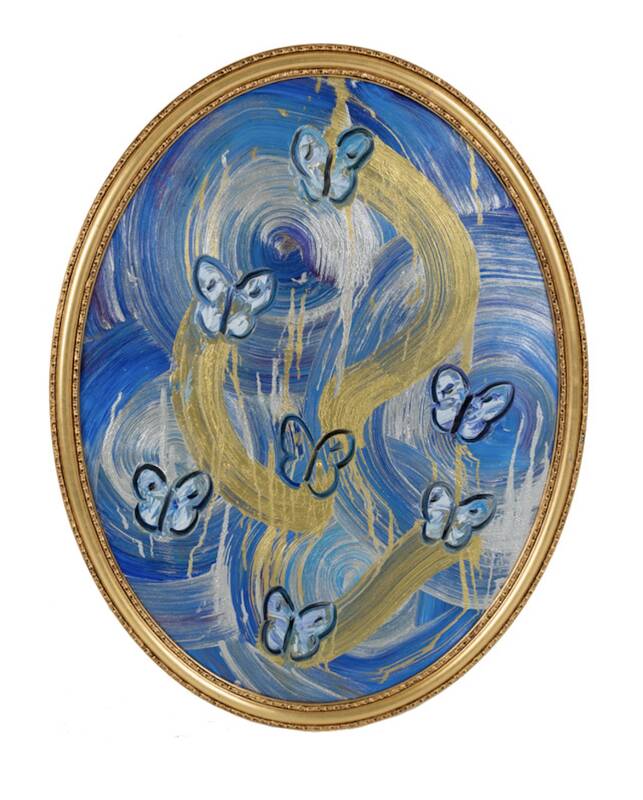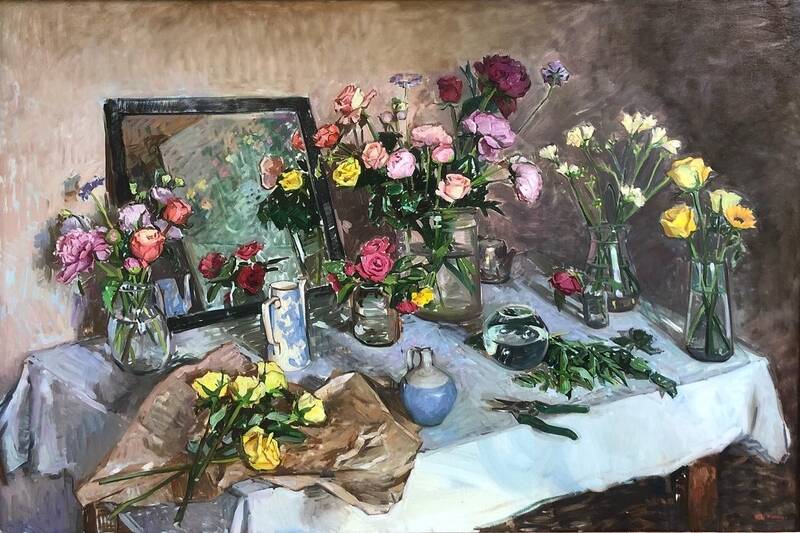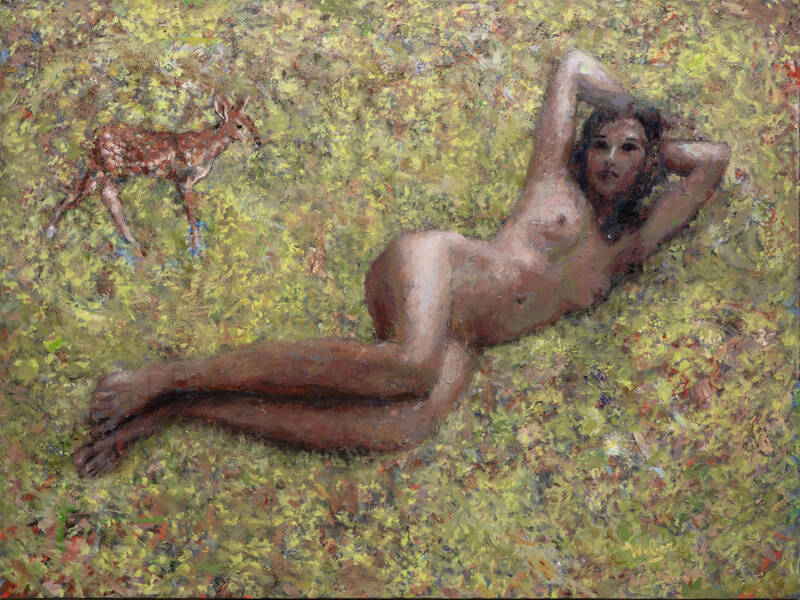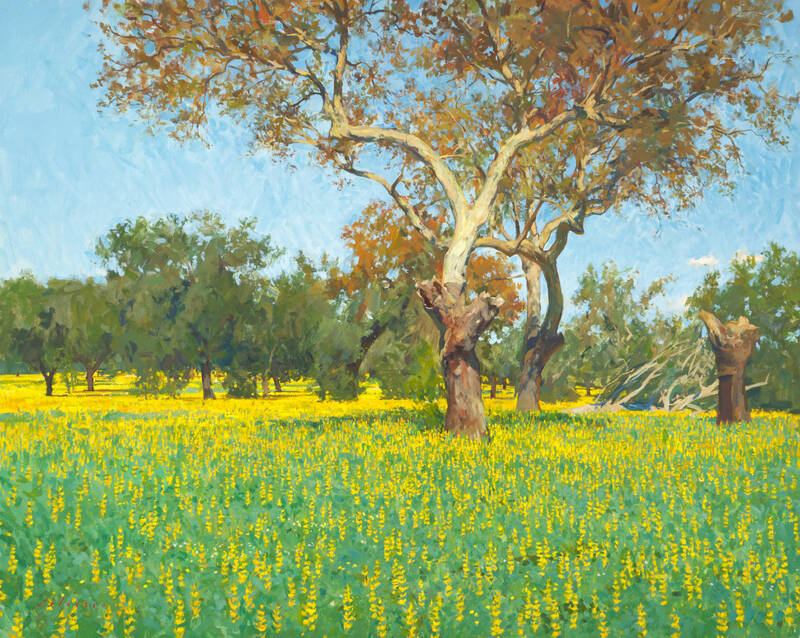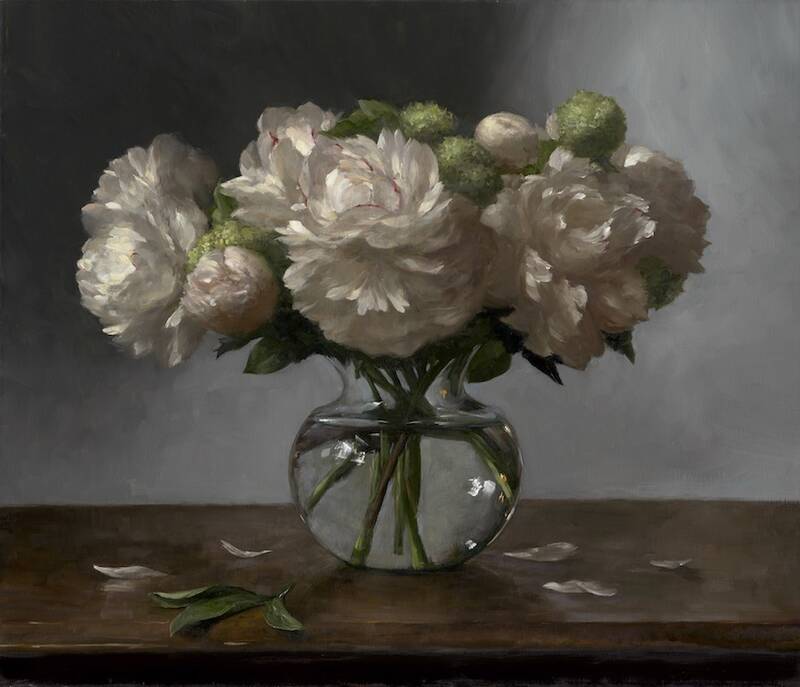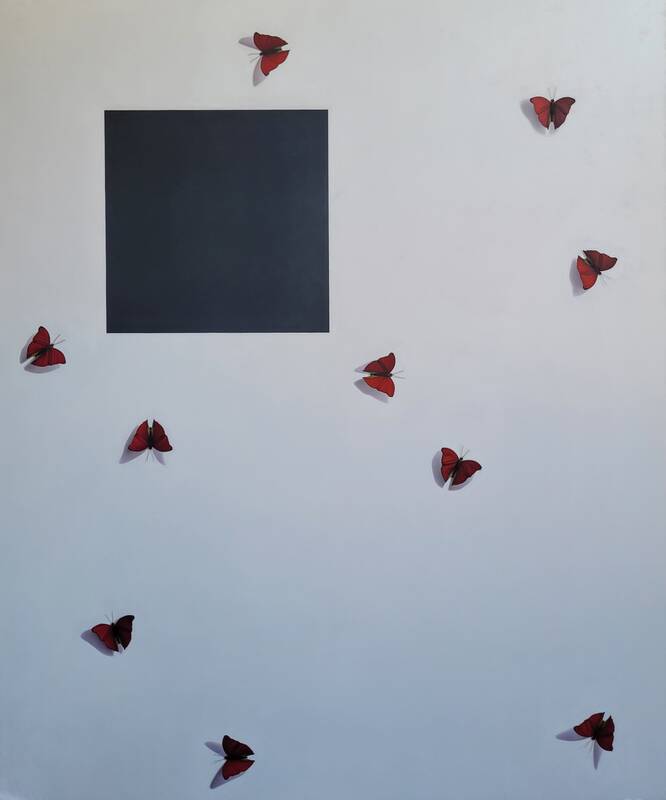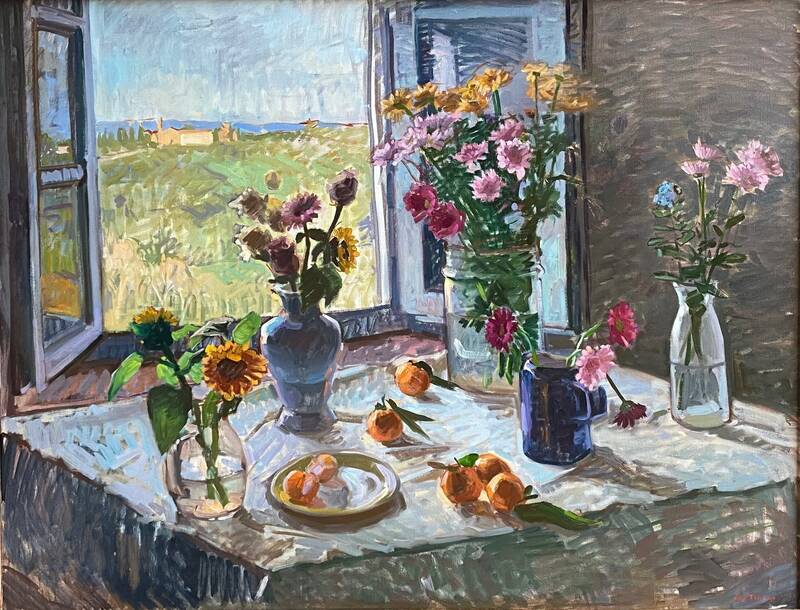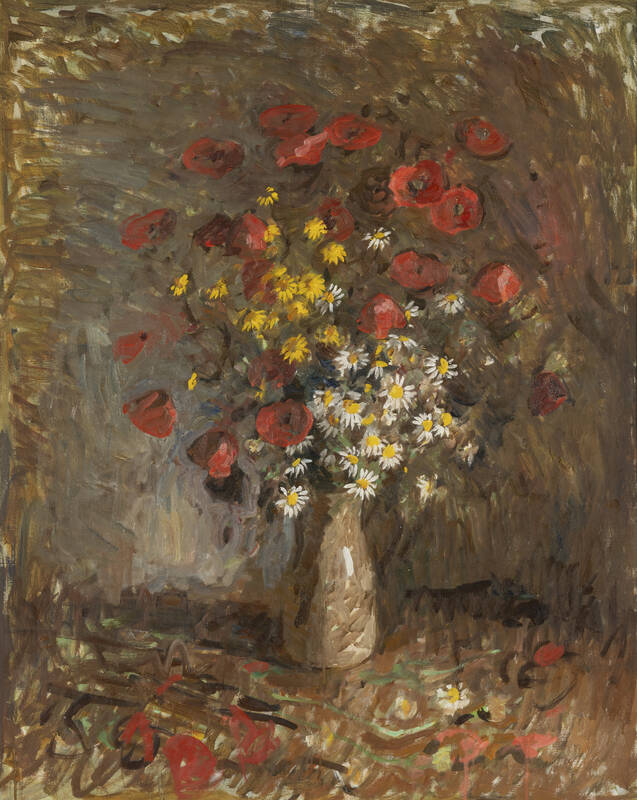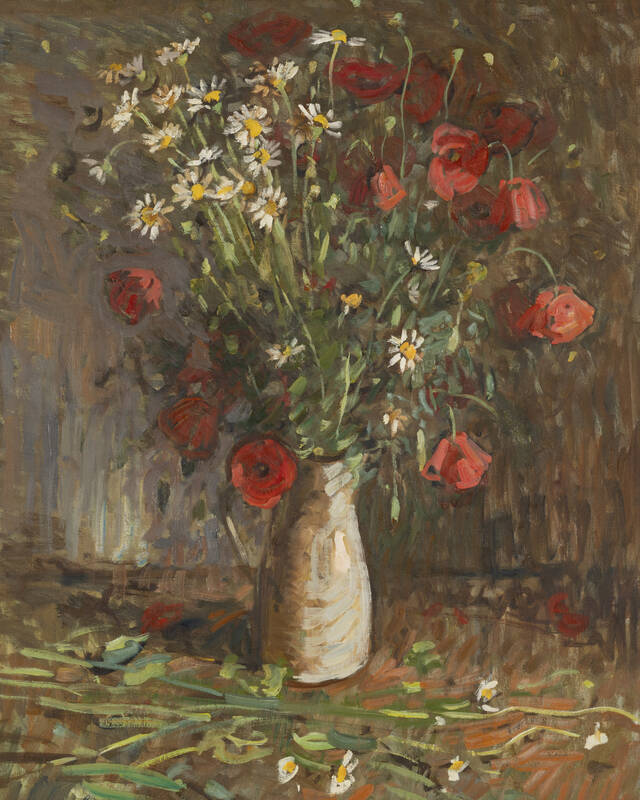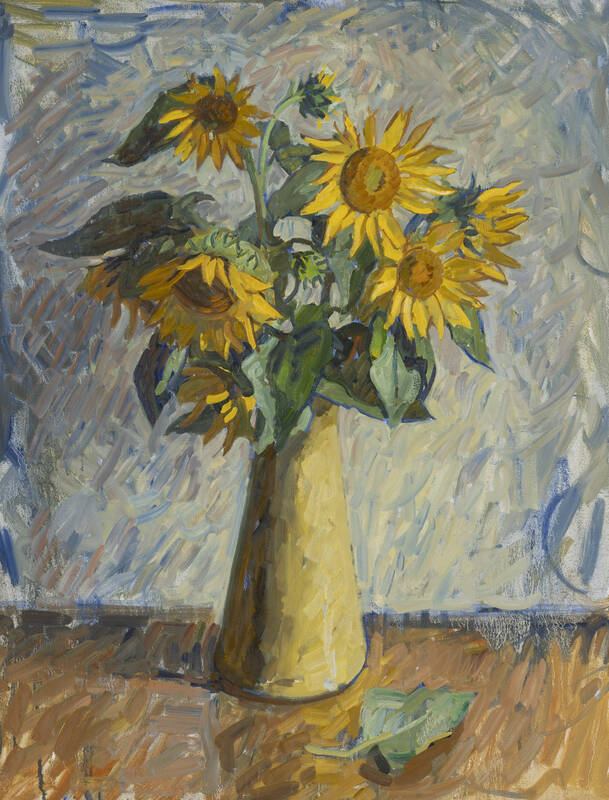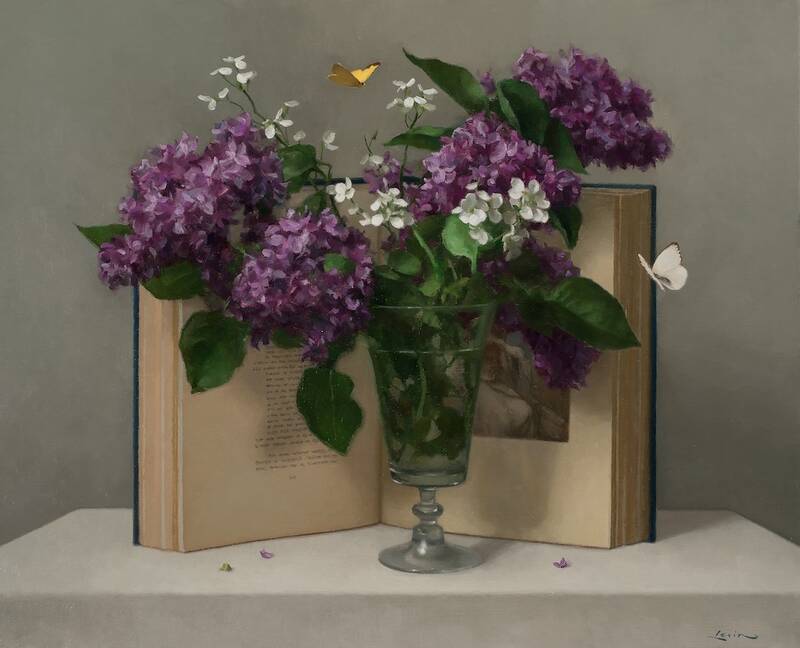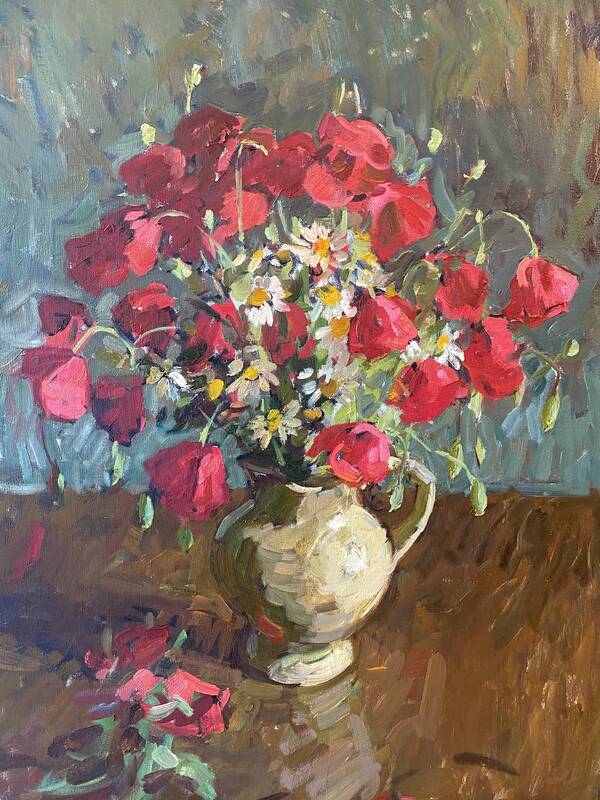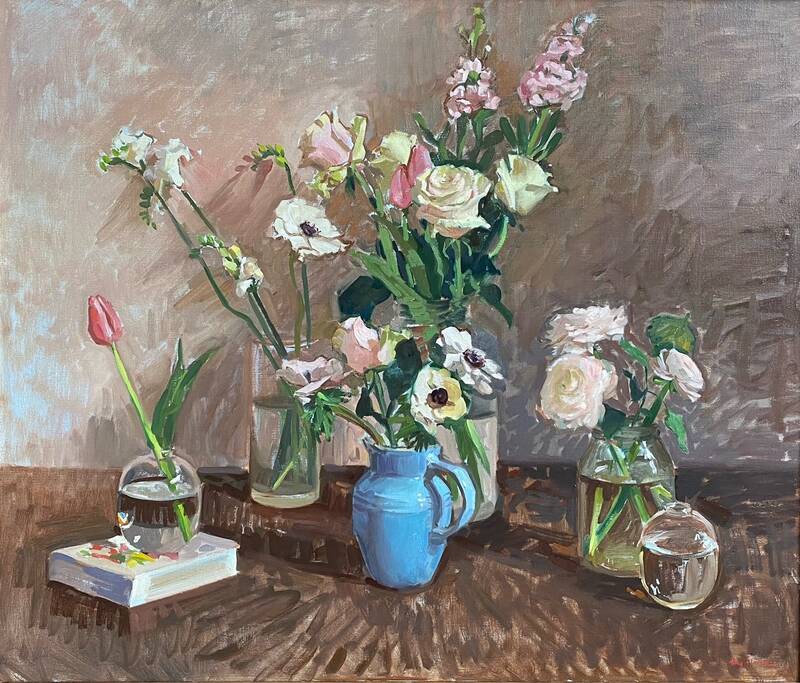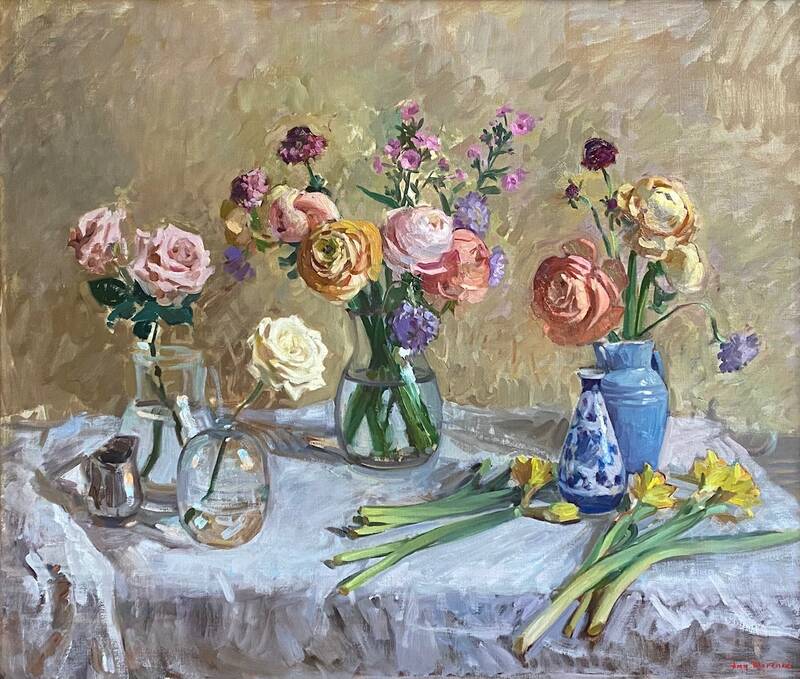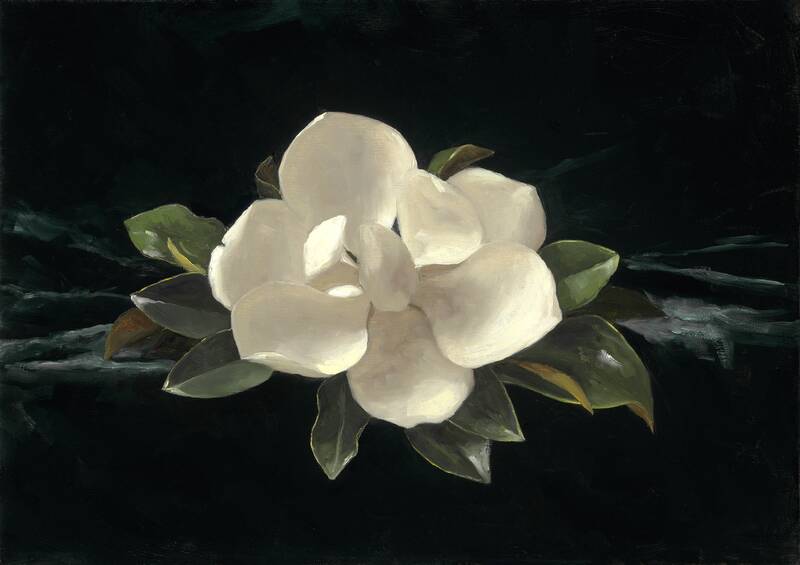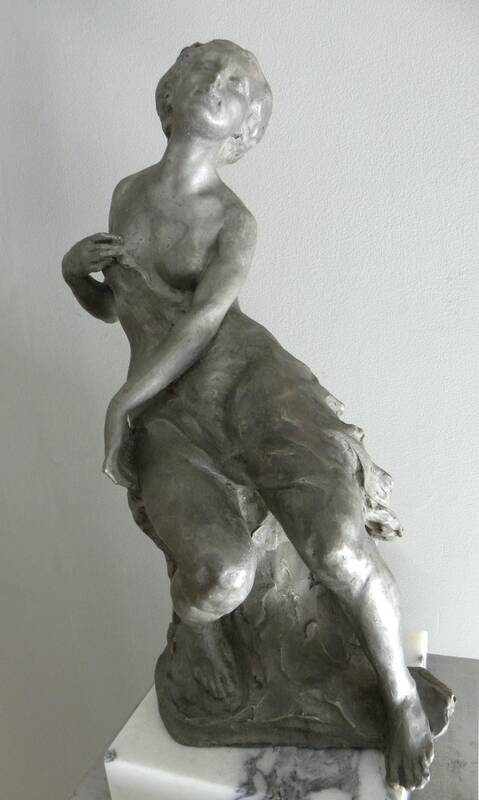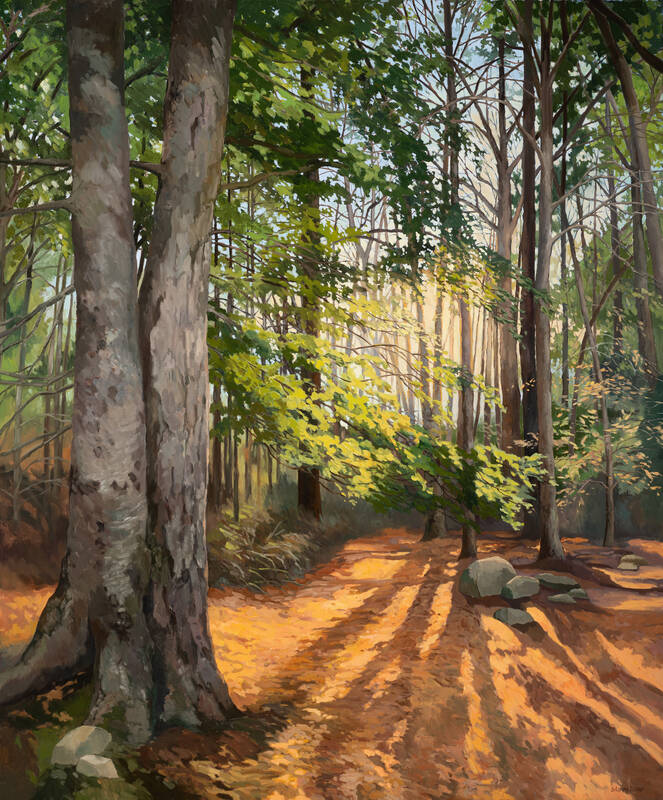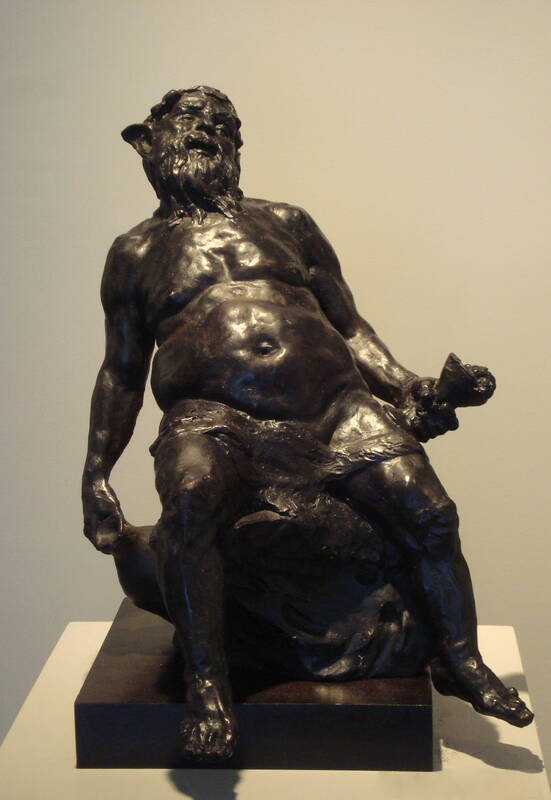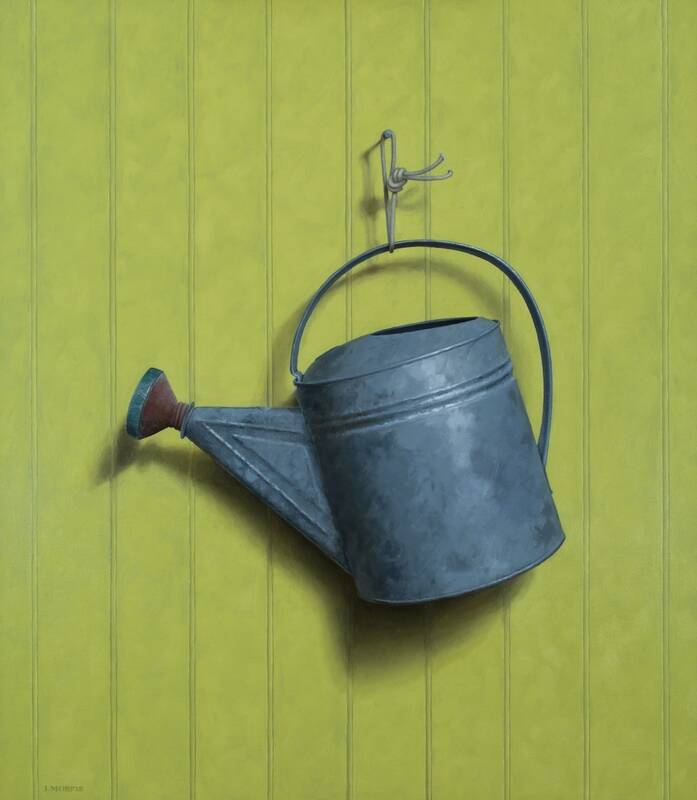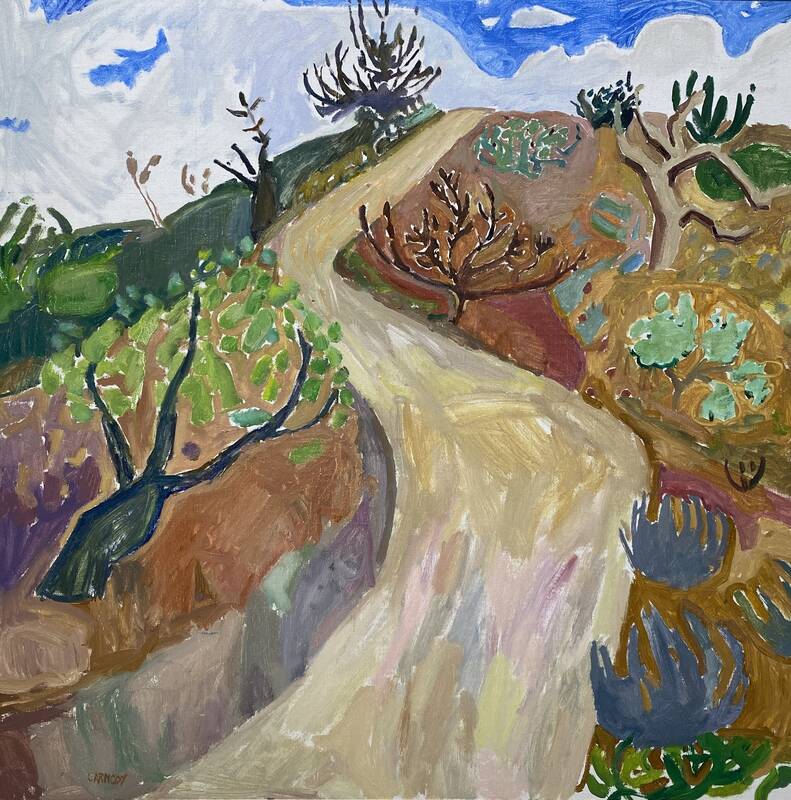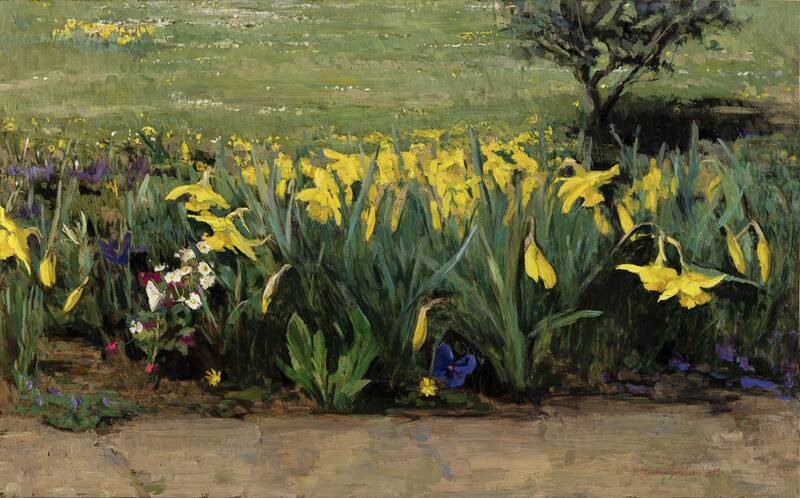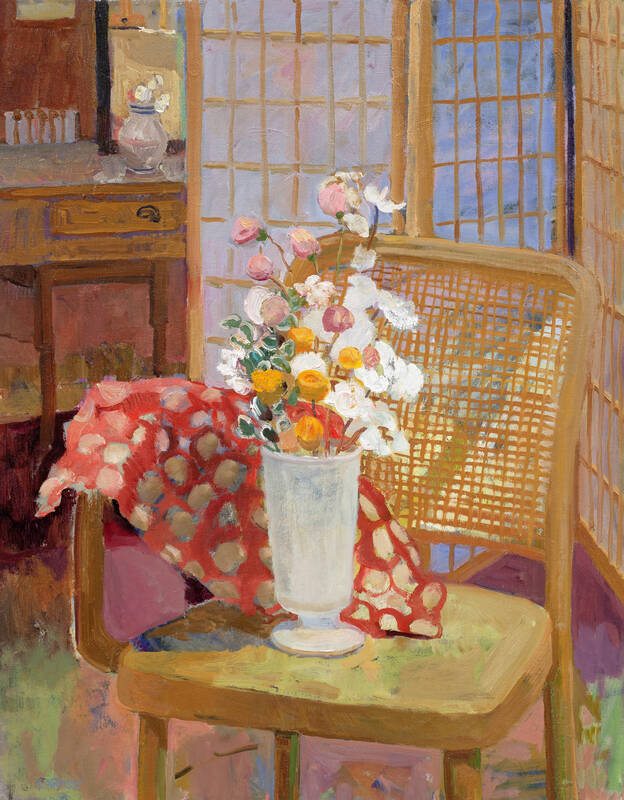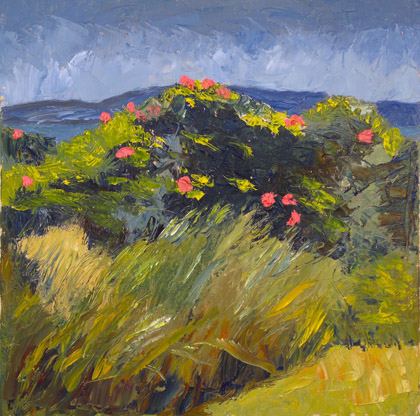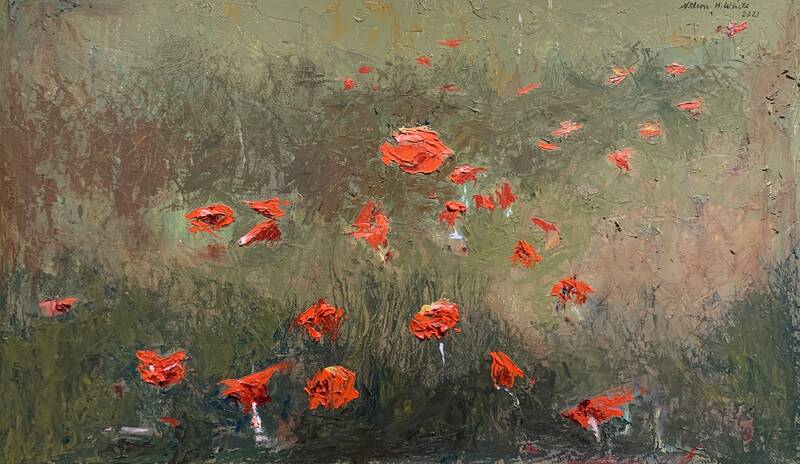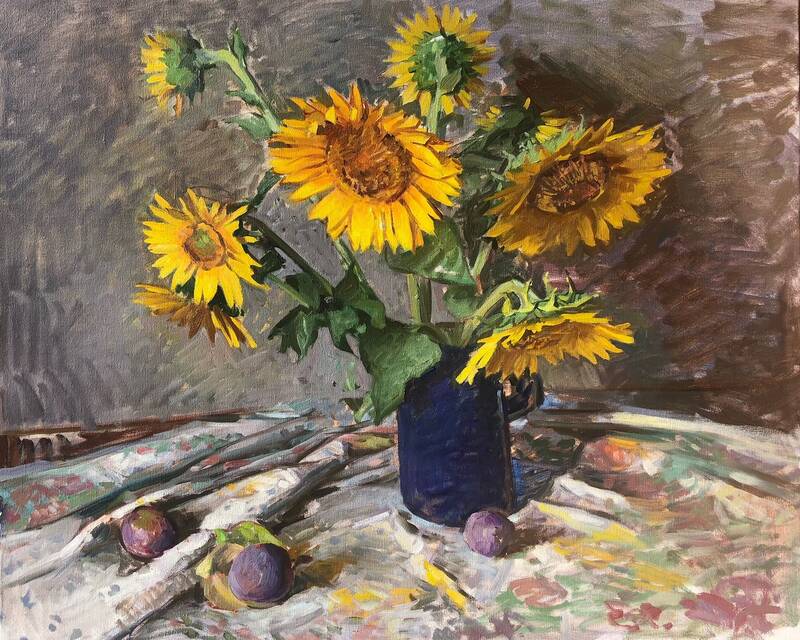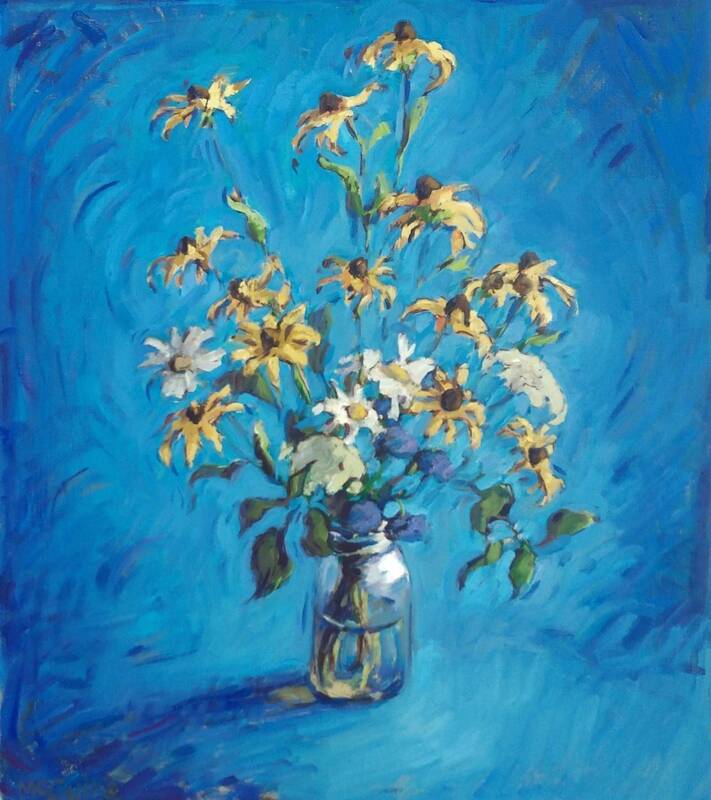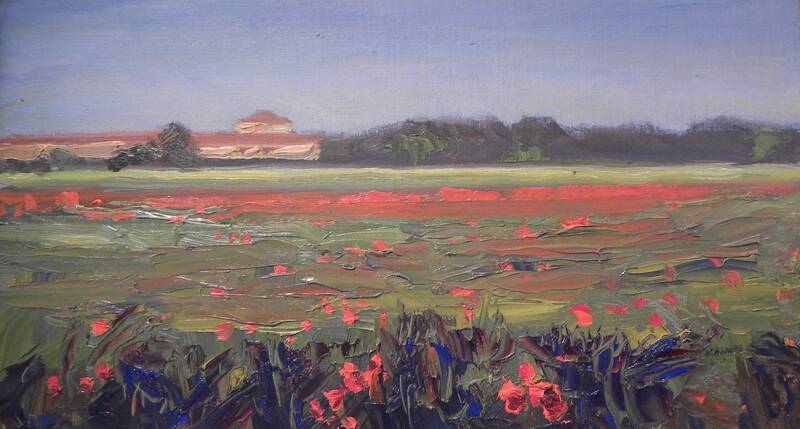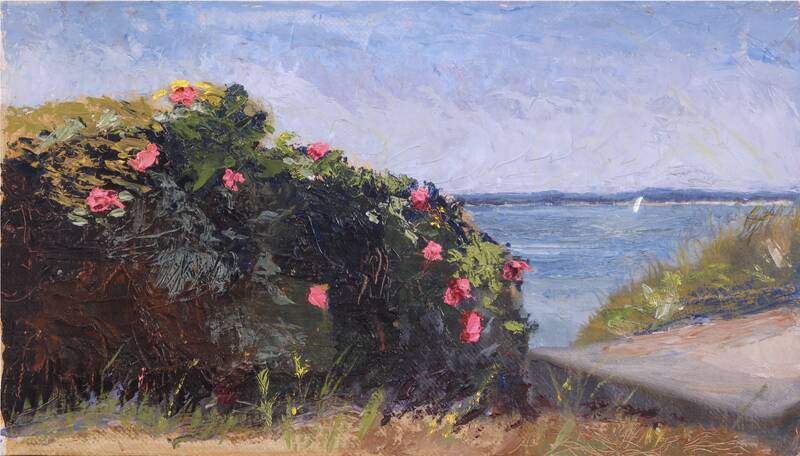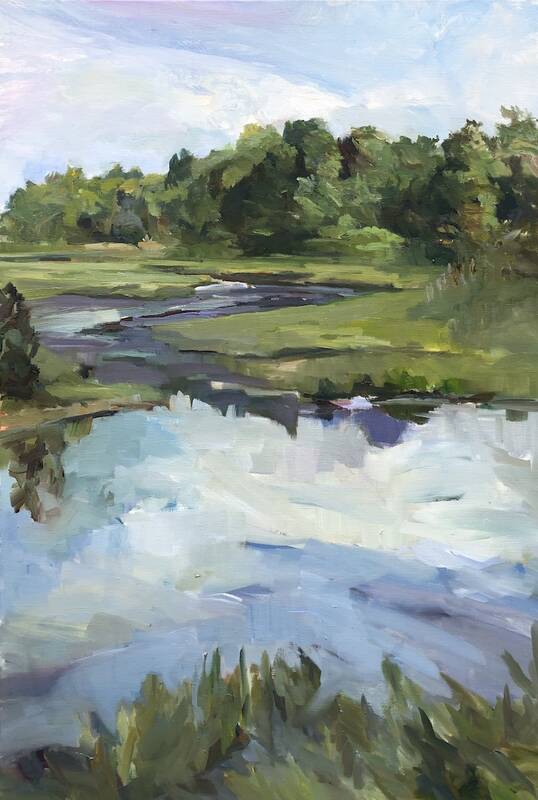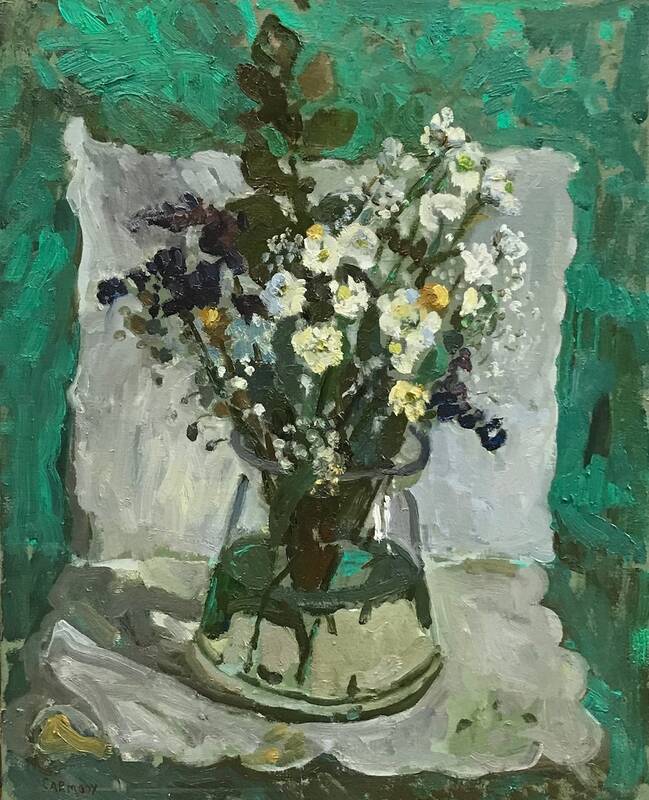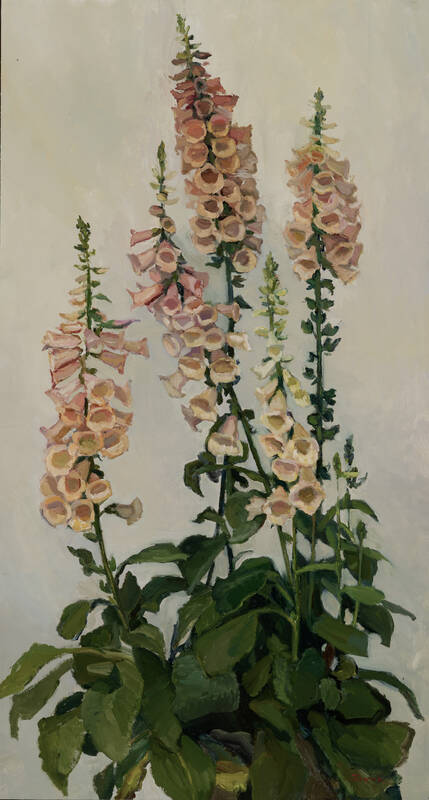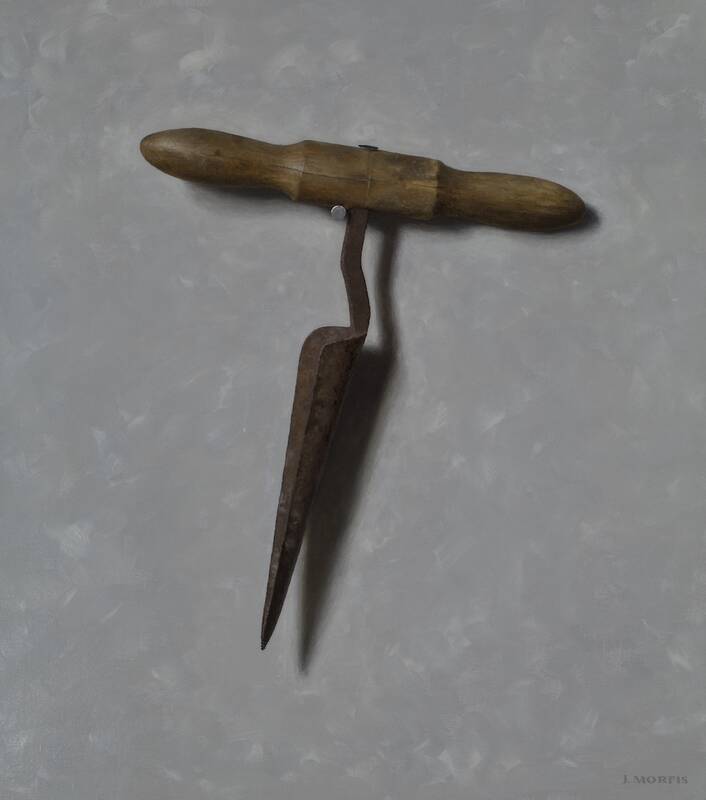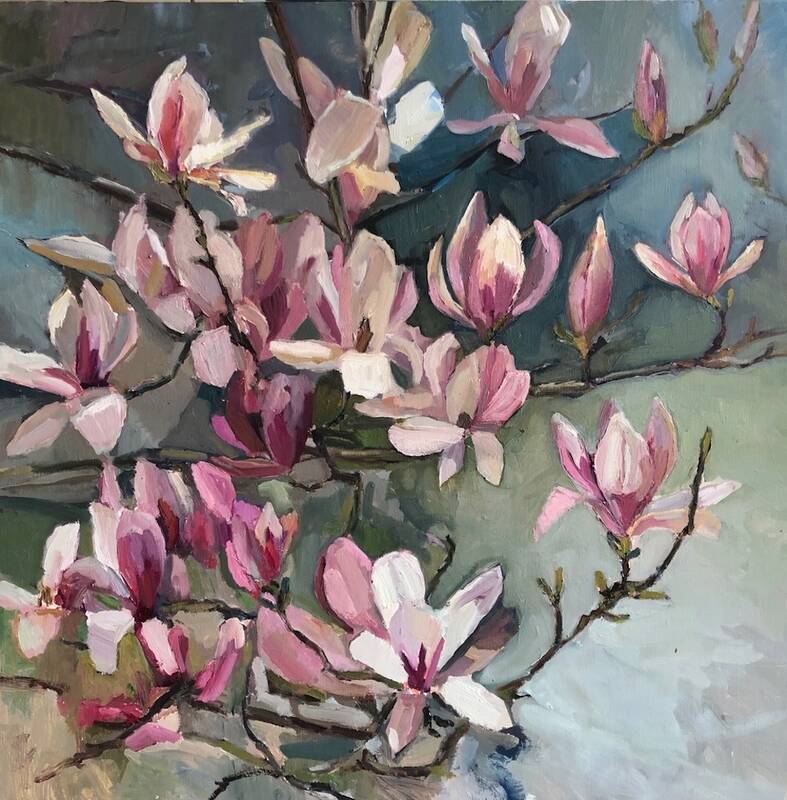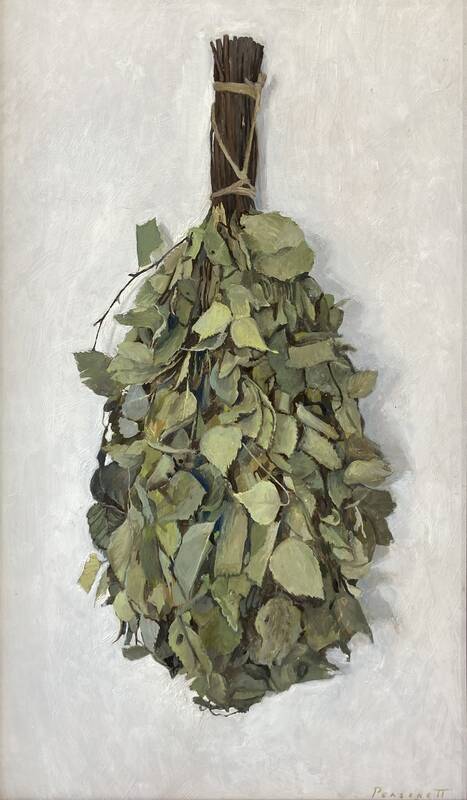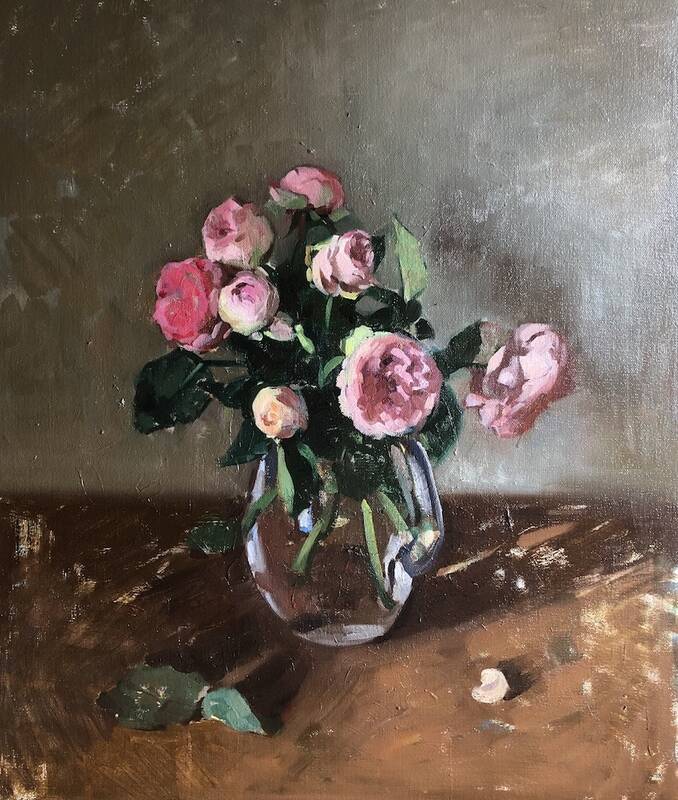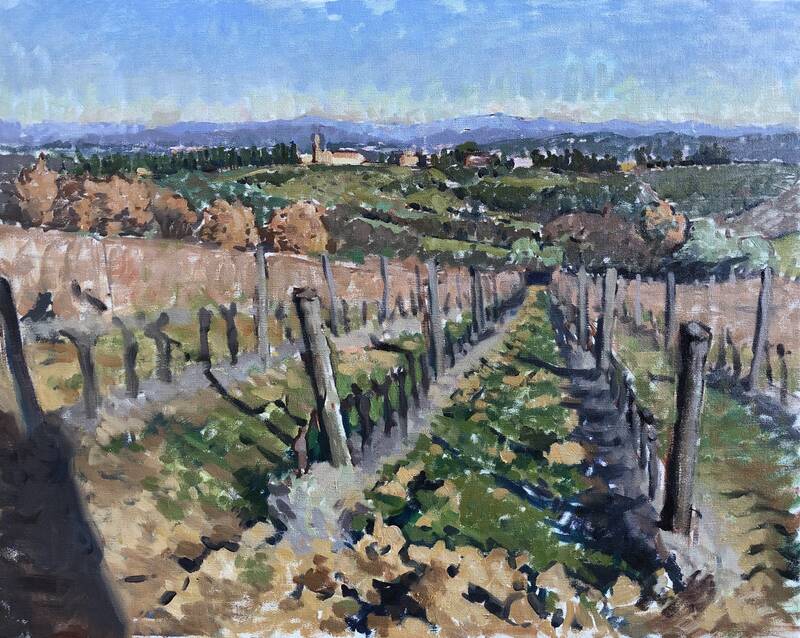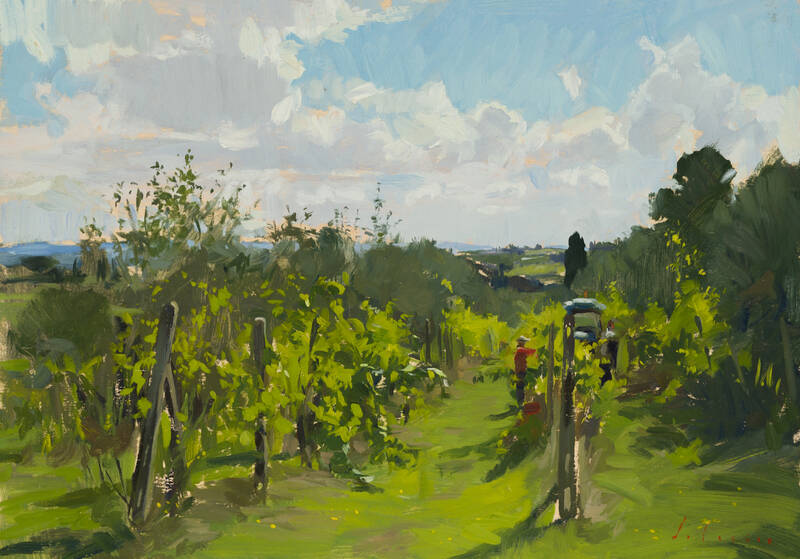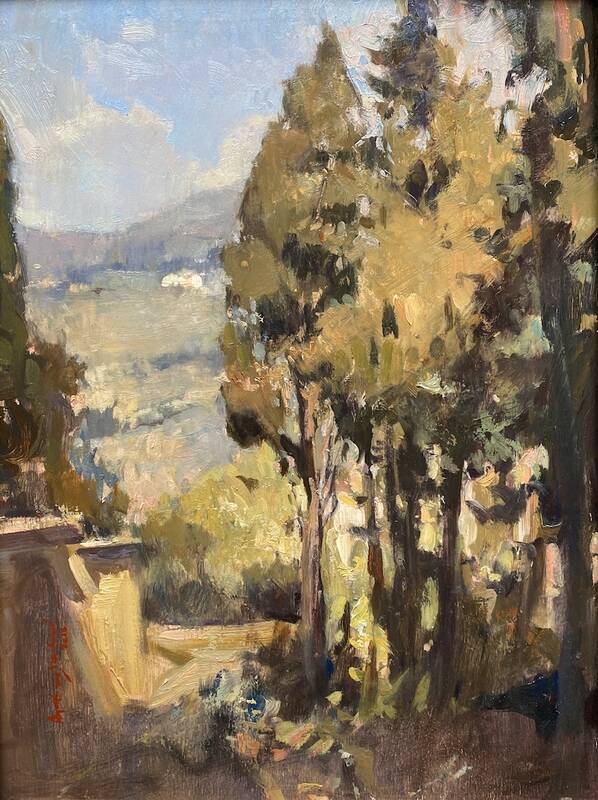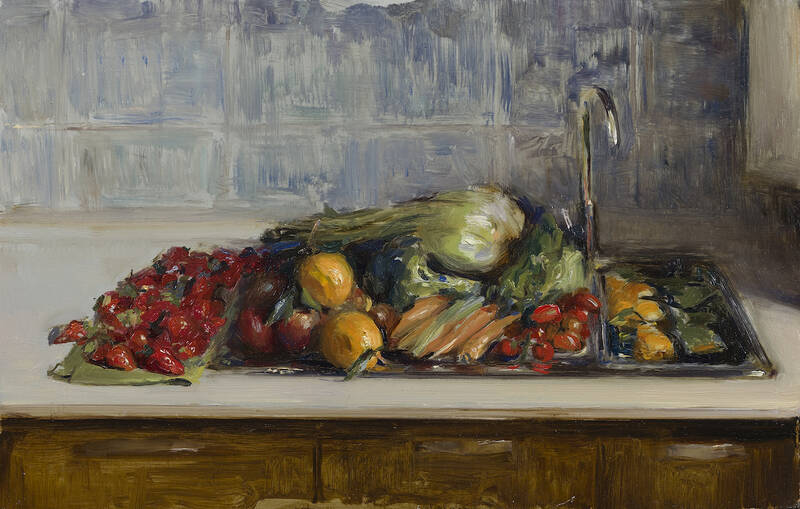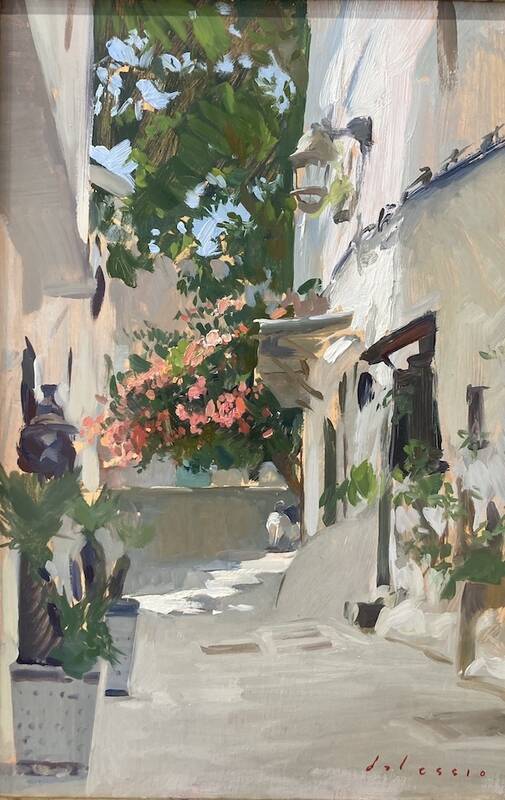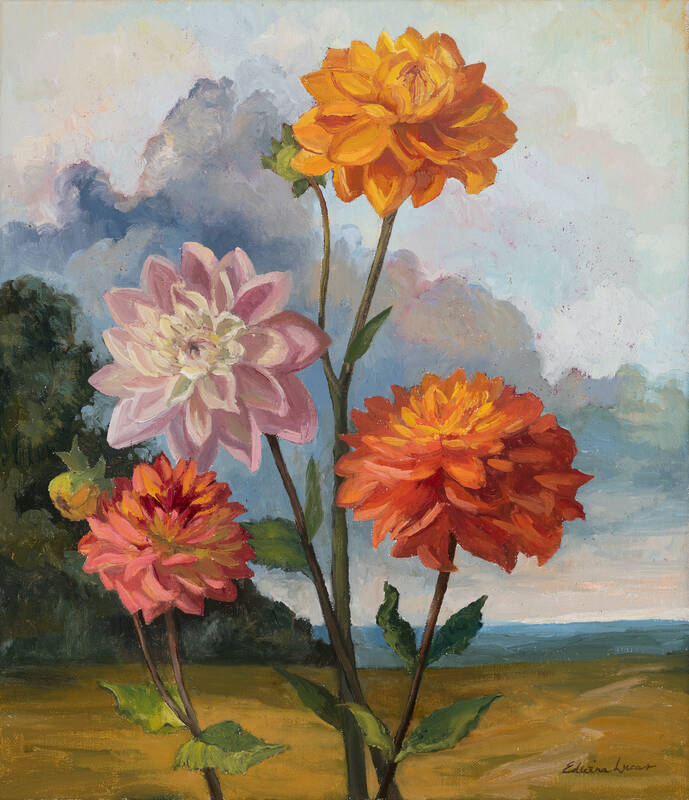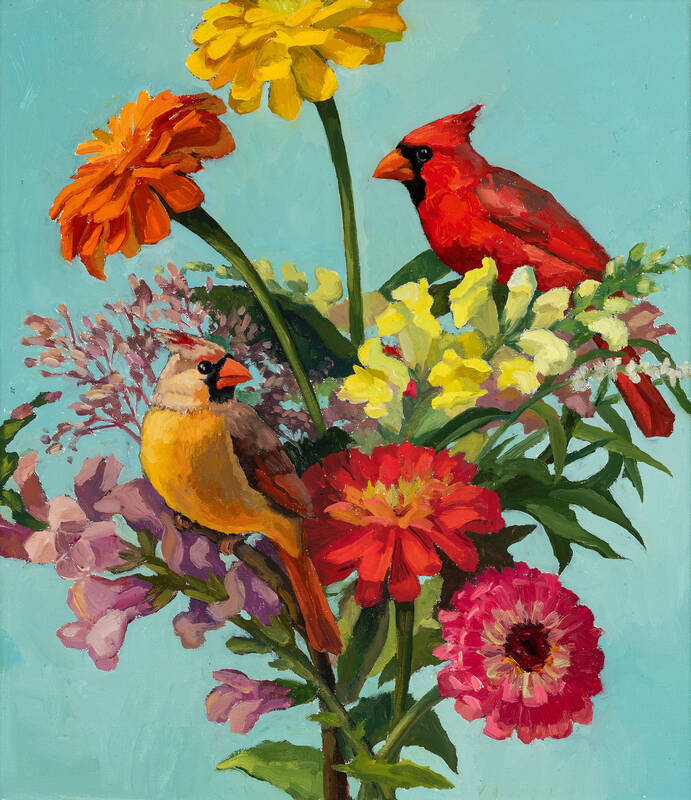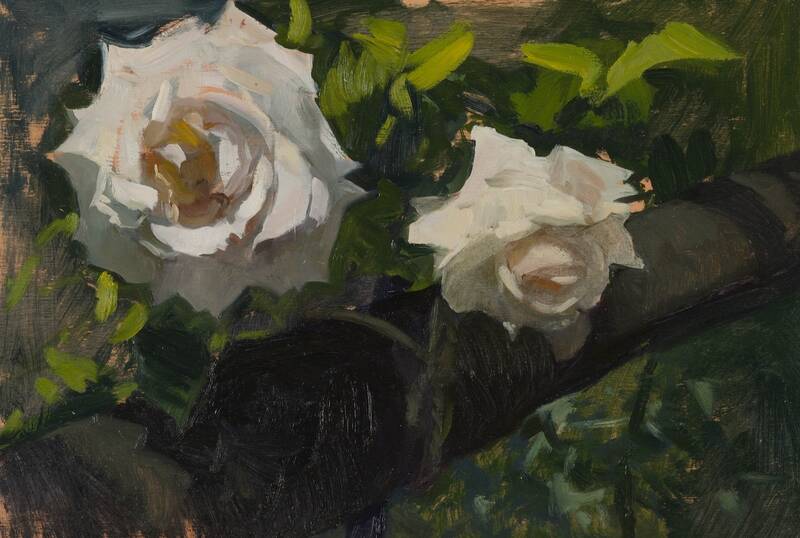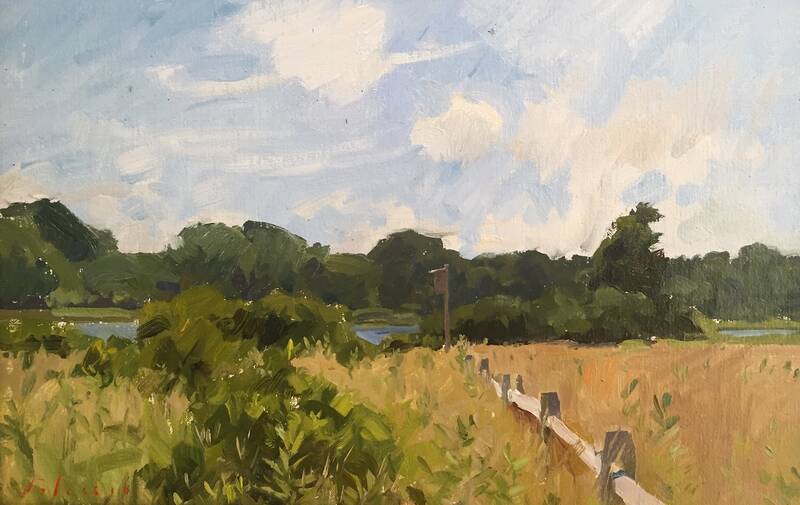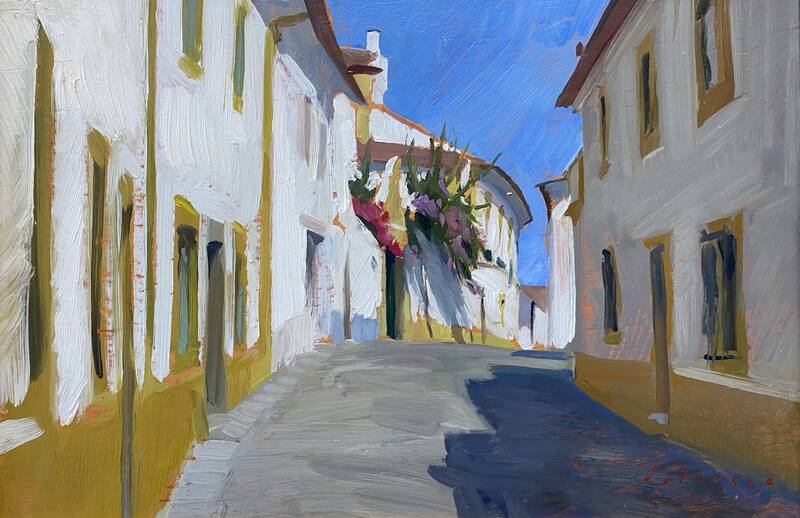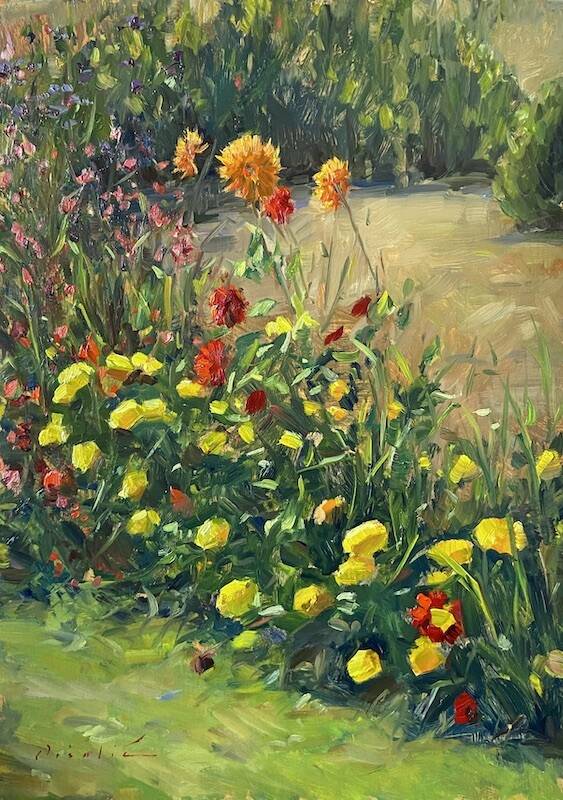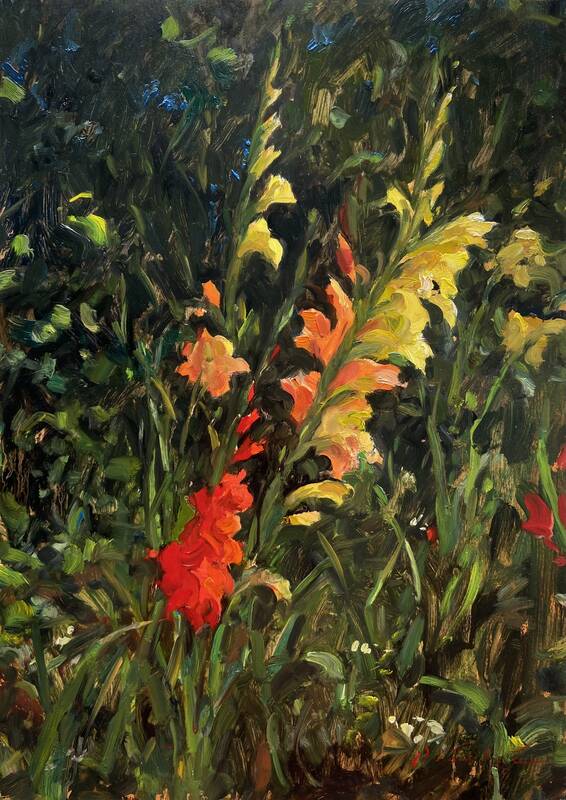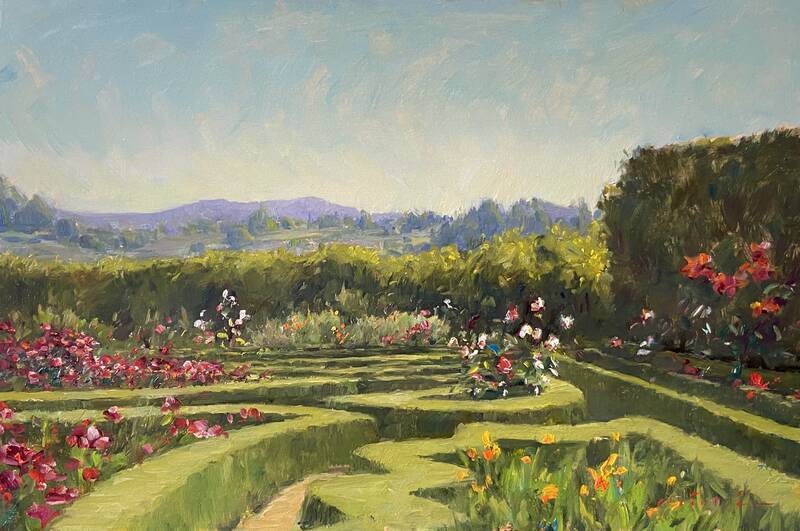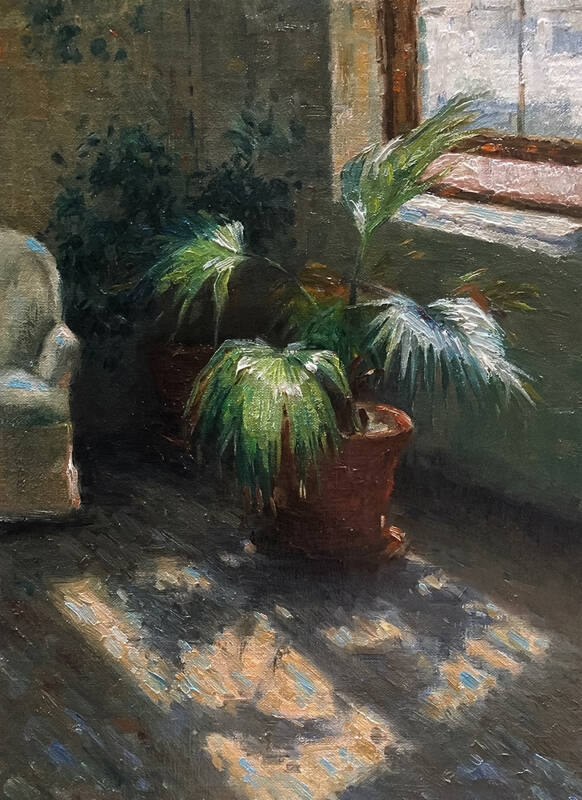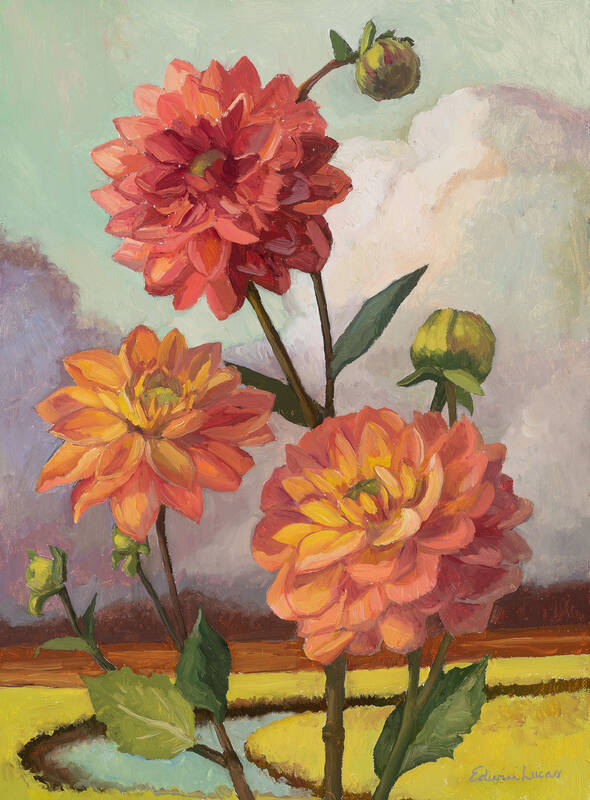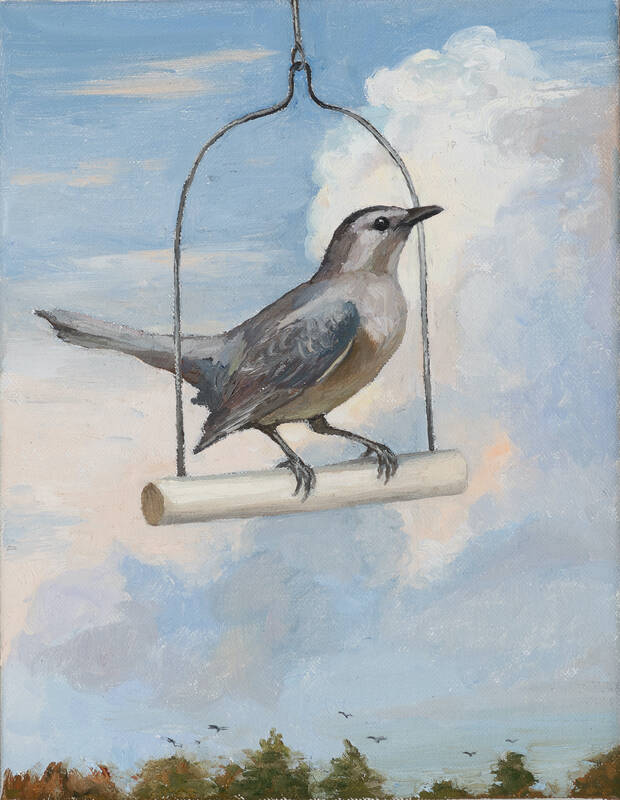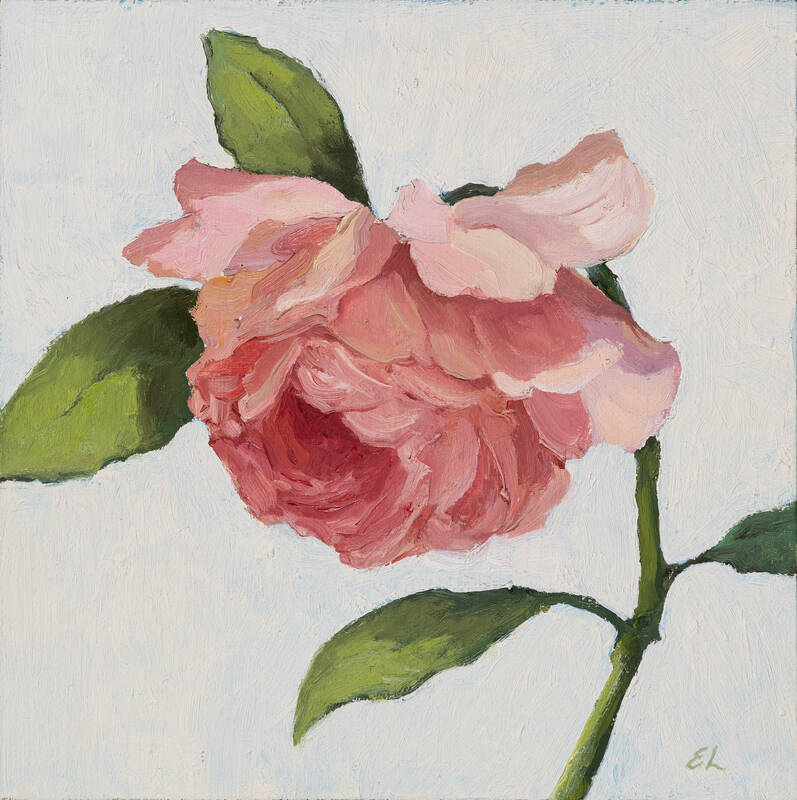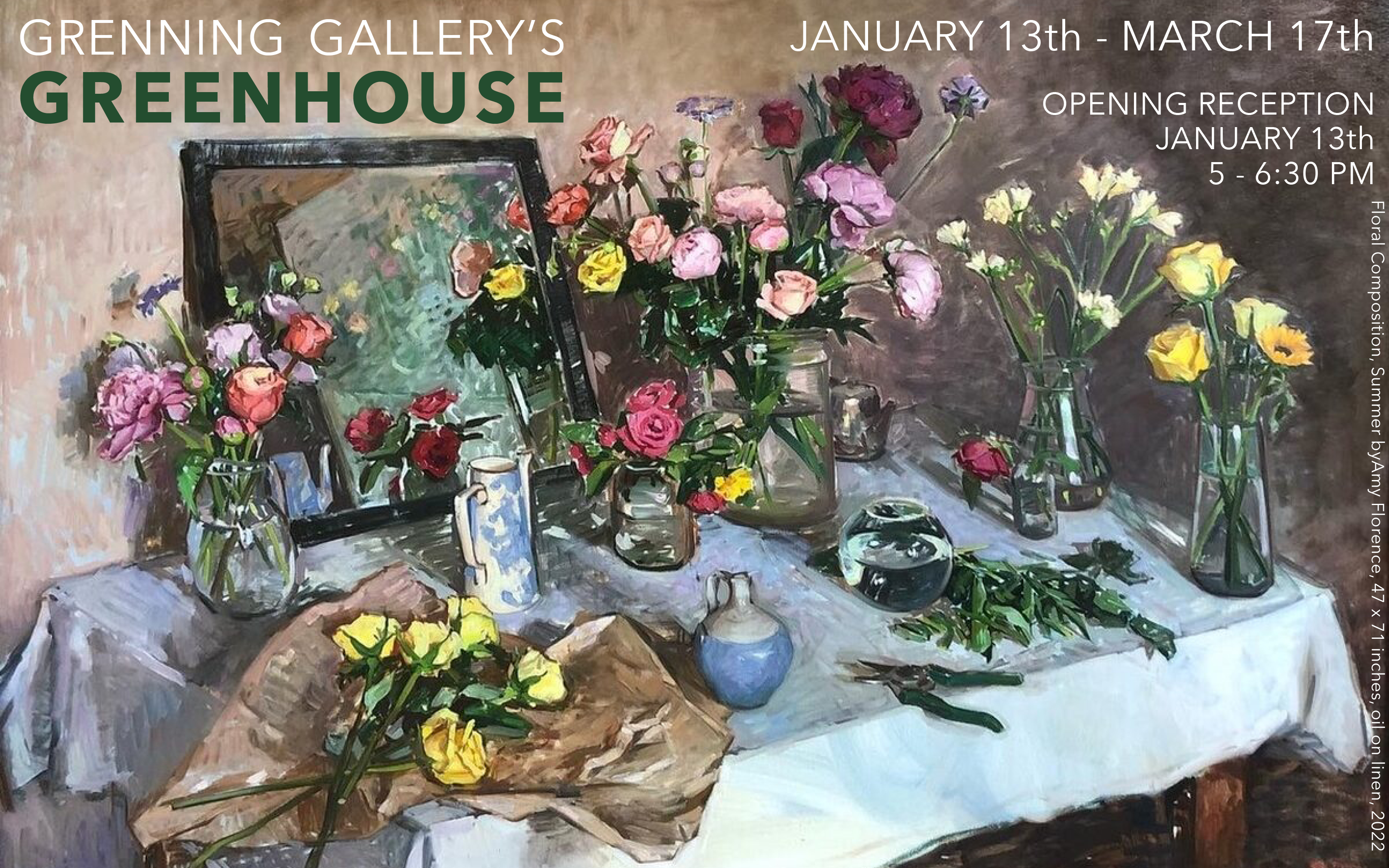
The Grenning Gallery is pleased to unveil our next exhibition, Greenhouse. This exhibit will hang from January 13, through March 17th, 2024.
Please join us for an Opening Reception on Saturday, January 13th from 5pm-6:30pm.
The Grenning Gallery is pleased to unveil our next exhibition, Greenhouse, a group exhibition celebrating extensive varieties of flora, and the invention of a structure that allowed us to advance our botanical knowledges. This exhibit will hang from January 13, through March 17th 2024. Please join us for a verdantly lush Opening Reception on Saturday, January 13th from 5pm-6:30pm. Please also stay tuned for an in-gallery discussion led by exhibiting artists Edwina Lucas and Maryann Lucas, as well as local plant experts, who will share insights on their experiences as florists or gardeners, as well as the important benefits native plants have within regional ecosystems. (Lecture Dates TBA).
It’s no surprise that generations of artists have been captivated by nature’s beautiful blossoms, with their wide assortment of shapes, colors, and heft. A single flower can behold serious symbolism, or inspire sensational compositions, yet where do these flowers originate? Each genus is native to a specific region, climate, and soil type. The range of our environment’s climate is what allows for this perpetually endless class of flowers. But how do we have access to plants and flora which weren’t born in our native regions? That praise is due to man’s invention of the Greenhouse (aka: conservatory, hothouse, glasshouse, solarium, etc.).
The first Greenhouses, or as Roman philosopher Pliny called them, specularia, were erected on the Island of Capri around 30 AD, specifically to provide a year-round supply of melons for the Emperor, Tiberius Caesar. This marked man’s innovation to extend plant life in any climate. However, this novelty lost importance as midieval times were long-plagued by wars and illness. It wasn’t until the beginning of the Renaissance that Italians developed the concept of modern greenhouses.
For centuries, floral still lifes were not considered important works of art. Grand allegorical, or historical narrative paintings were seen as the most prestigious genres to patrons; any incorporation of flowers were used simply to bolster the symbolism of the overall painting. It wasn’t until the 16th century that these distinctions changed; realist painters of the Dutch Golden Age elevated florals to a primary subject; and in the 19th Century Impressionists embraced everyday scenes and subjects as worthy of their gaze. In fact, Claude Monet once said “I am following nature without being able to grasp her, I perhaps owe having become a painter to flowers.”
This exhibition is anchored by the grand “Floral Compositions” from Amy Florence (b. 1989 | London), who has spent the better part of the last three years studying, arranging, and painting flora. Daffodils, peonies, roses, and tulips, are just some of the flowers that can be found in this impressive series of paintings. In “Floral Composition, Summer” Florence invites us into her process, as she places blossoms in assorted vessels; a remainder of yellow roses await their arrangement in their wrappings, as well as pruners resting along the edge of the table. Florence shows us the intense amount of space, time, and care that is needed to maintain a grandiose arrangement of flora like this one.
We get a deeper look into the setting of Florence’s compositions in “Looking towards Bonazza”, where an open window showcases the landscape beyond the still life. The rolling green hills of Tuscany are known for generating beautiful wildflowers, from sunflowers and yellow daisies, to poppies, hyacinths and forget-me-nots. Clementines are also scattered along the tabletop, which are known to grow in the area. Florence portrays a stunning array of native flora and fruits adorning an interior within their homeland.
“Sunflowers”, “Poppies, Chamomile”, and “Spring Wildflowers” are three of the latest florals from Ben Fenske (b. 1978, Minnesota), who lives in Tuscany with Florence. He often wanders the hills near their home, to pick wildflowers for his still life paintings. Fenske invites us into this routine with his moody impressionistic landscape “Wildflowers, Storm”. A variation of greens makes up the majority of the canvas, underlining the vast vegetation of Tuscany. The background is a dark grey-blue sky, with vertically slanting brushstrokes, noting the presence of distant rain. It’s only in the foreground, where Fenske delineates spots of colors amidst the grassy hilltop.
Marc Dalessio (b. 1972, California) is one of the worlds top Plein-Air painters, thus, his modus operandi is to paint things as he sees them, directly on site. This is why we have so many lush landscapes from a variety of regions around the globe. Dalessio has captured it all; wildflowers on the beach in Portugal, grapevines being harvested in Tuscany, a field of yellow lupins in France, and a bush of blue hydrangea in East Hampton. He often paints flowers that are uncut, in the bush they’ve resided in since they were mere buds. “Two Roses” is a fabulous depiction of two buxom blossoms, not neatly arranged in a vessel, but haphazardly existing amidst a jungle of green leaves. He zeroed-in on a rosebush and presents just a small snippet to the viewer. Conversely, Dalessio will focus on beautiful flowers as they adorn buildings or city-sidewalks. For instance, “Bougainvillea in Evora” is a quiet street scene from Portugal. White buildings reflect sunlight and simultaneously cast shadows upon the street; not a single soul is in sight, it’s a peaceful setting. The focal point however, is an eruption of bright fuchsia bougainvillea framing a doorway in the distance. This simple adornment inspired the entire painting, forcing Dalessio to stop and situate his easel.
Nelson Holbrook White (b. 1932, New London, CT) spends half of his year in Italy, so he is known to produce vibrant landscapes of poppy fields. The red poppies, rather than being described by his brush, are hinted at with flicks of his wrist. In the summer months, White returns to the states where he’ll paint at local beaches, which are adorned with bright pink dotted rose bushes. White’s earned confidence is evidenced by his bold use of the palette knife as he lays pure pigment upon pure pigment to share with us his daily communing with nature.
Maryann Lucas (b. 1959, Long Island) lives here in Sag Harbor, and bestows upon the gallery blossoms found within her own garden and local garden centers. Delicate compositions of stoic, buoyant hosta hyacinths, reach upward from their leafy foundations with trumpet shaped blossoms in “Glow Up” and “Ascension Seekers”. In “Magnolia Meditation” Lucas observes the flowers as they begin to flourish on their branches. Magnolias bloom only once a year in the spring or early summer; their splendor is fleeting. The overcast grey-green backdrop connotes that brisk time of year, when the cold is just beginning to break. Pink Magnolias symbolize strength, perseverance, and feminine energy; which when drafted by Maryann Lucas, makes perfect sense.
The apple does not fall far from the tree, as Maryann’s daughter, Edwina Lucas (b. 1991 Long Island) a talented painter in her own right, also finds a muse in flora. Over the years, Edwina has delivered bounties of paintings devoted to the garden in her backyard. Her latest dedications can be seen in “Home Grown Blooms” and “Take a Bow”.
She has also worked en-plein-air in the area, as in “Spirit of the Woods”. Just around the corner from their home, Edwina set her easel up in the preserved woodlands, capturing the natural light as it shines through stalks of trees. A burnt orange ground indicates the presence of fallen leaves, blanketing the earth before winter.
This year, Edwina is re-focusing on flora and fauna against a new thematic backdrop. She juxtaposes her skillfully observed florets in front of notable landscapes painted by the Hudson Valley School. From Thomas Cole to Moran, Lucas keenly draws inspiration from these panoramic masters of the 19th century to correlate with her fresh young blossoms; i.e. Dahlias and a yellow canary, as we see in “Heaven on Earth”.
Harking back to the 16th Century artists from the Dutch Golden Age, contemporary realist painters Steven J. Levin (b. 1964, Minnesota), and Sarah Lamb (b. 1972, Virgina) focus their gaze upon the simple still life. Their finished paintings however, are far from plain; on the contrary, they are opulent celebrations of nature’s striking concoctions. In “Peonies in Glass Vase” Lamb exhibits a grouping of ample blossoms, subtle in coloring, yet round and full of verve. However, their vivacity is not eternal. The proof lies along the wooden tabletop; fallen petals and leaves that didn’t endure their new environment for long. It’s only a matter of time before the rotund blossoms start to wilt, losing volume and vitality. But that inevitable misfortune is a sight the viewer does not have to witness; thanks to Lamb’s perfectly preserved composition in oil paint.
Steven Levin delivers grand portraits of flora, and even vegetables as seen in “Cabbages and Chard”. Some of these still life paintings are subdued, like Lamb’s, as they present the subject alone against a neutral backdrop. Meanwhile, Levin takes his still lifes to another level by adding a landscape as the backdrop, or a pairing of a sentimental item, as can be seen in “Peonies with Locket”. Levin incorporates certain perennials pollinator qualities, by adding fluttering butterflies, which naturally are attracted to flora.
Anthony Ackrill (b.1958, Alaska) takes an allegorical approach to his affinity for nature. From voluptuous portrayals of eve, in a Rousseau-like Garden of Eden to a Botticelli-esque Venus who instead of being birthed from a shell, is an icon of transformation, from tiny tadpole to glorious butterfly. In these paintings, the flora takes a backseat to the figure’s narrative. In “Awakening” our eye is drawn to the buxom beauty reclining with ease on the earths floor, allowing a snake to coil around her wrist. She is the epitome of what it means to be “one with nature”. A magnolia blossom sprouts proudly above her head, growing directly from the branch. A white lily blossoms atop the water’s surface near her feet. A heron drinks from a pool of water. These inclusions are filled with symbolism, bolstering the narrative the figure carries.
Angel Ramiro Sanchez’s (b. 1974, Venezuela) ethereal figuration entitled “Spring (Calabrone)” uses symbolism to highlight the importance of change. We see a woman emerge from a somewhat abstract backdrop -it appears as if she is resting, or seated upon, the horizon. Carefully, she reaches out towards a single bee, an important pollinator within the globes ecosystem. Clearly an homage to man’s fear of change; parallel to natures resilient persistence of change. However, we also see a portrait of one of the most under-respected species on earth, yet a crucial component within the hierarchy of organisms; the honeybee.
Also included are works by Kelly Carmody, Melissa Franklin Sanchez, Tina Orsolic Dalessio, Rachel Personett, Hunt Slonem, Darius Yektai, and introducing, Nick Weber.
